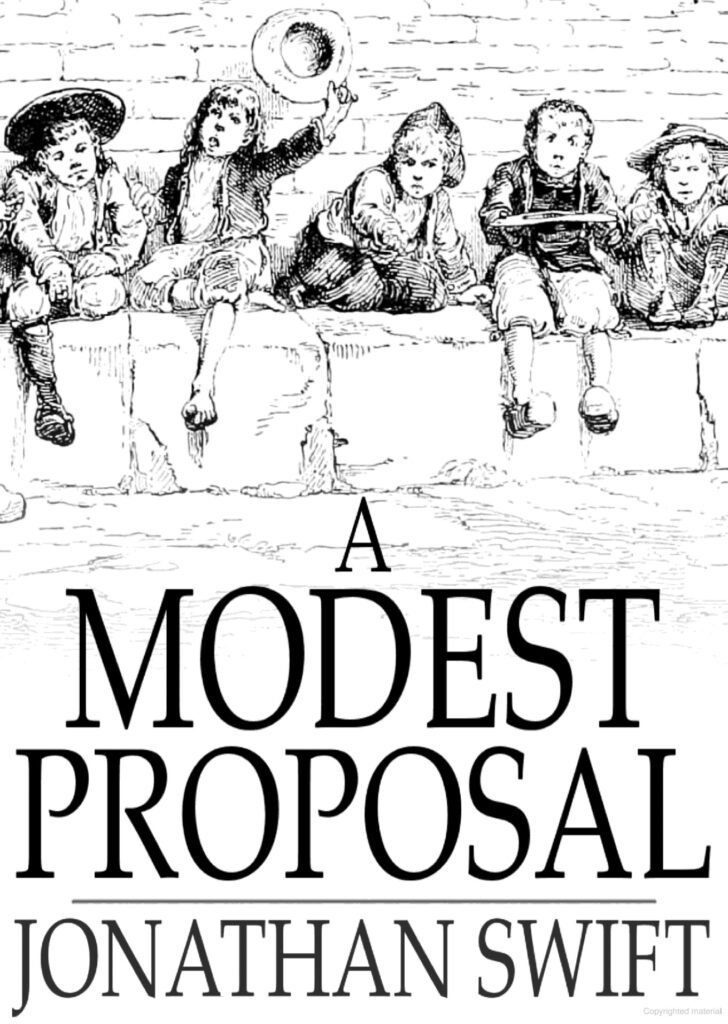
Satire is a complex literary form that employs humor, irony, and exaggeration to critique and expose societal flaws, individual vices, and political absurdities. Crafting effective satire requires a nuanced understanding of various techniques and elements that resonate with audiences.
The Purpose of Satire
At its core, satire aims to critique and provoke thought regarding human behavior and societal norms. It is not just about laughter; its ultimate goal is to instigate reflection and promote change[4]. As one source notes, 'Satire fundamentally aims to expose and critique the flaws, faults, and shortcomings of its subjects, which could range from individuals and organizations to broader societal norms”[3].
Key Techniques in Satire
Irony
Irony is one of the most fundamental elements of satire, wherein the expression of one meaning is contrasted with its opposite. This contrast highlights absurdities and flaws in the subject matter being addressed. For example, verbal irony occurs when what is said is at odds with the intended meaning, enhancing the satirical tone[5][6]. This layered quality makes readers reflect on deeper implications rather than taking statements at face value.
Exaggeration and Hyperbole
Exaggeration, or hyperbole, serves as a powerful tool within satire, amplifying certain characteristics or situations to the point of absurdity. This emphasis invites audiences to recognize the unreal nature of particular societal behaviors or norms. As articulated in various sources, “Hyperbole is an exaggeration of an idea for the sake of emphasis”[6] and can significantly enhance the comedic and critical impact of the satirical work.
Mockery and Caricature
Satire often involves mocking characteristics or behaviors that are deemed unjust, inefficient, or absurd. This mockery can manifest through caricature, where an exaggerated representation of physical features or mannerisms highlights flaws of the subject[7]. “Mockery of a characteristic when the author pretends to agree with it” can be an effective way to underscore the absurdities being critiqued[6].
Subtlety and Satirical Tone
Choosing the appropriate tone is essential in successful satire. This involves balancing humor with insight, resulting in a narrative that is both engaging and thought-provoking. Subtlety allows the author to present a critique without being overly direct, prompting readers to actively engage with the material and draw their own conclusions[2][4][8]. The tone can range from light-hearted (Horatian satire) to more biting and caustic (Juvenalian satire) depending on the intended impact[9].
Juxtaposition and Incongruity
Juxtaposing contrasting ideas, characters, or scenarios can heighten the humor and critical observations in satire. This technique aims to illuminate the absurdity of a situation by placing familiar and unfamiliar elements side by side. The notion of incongruity underscores how certain events or attitudes clash with logical expectations, thus exposing societal flaws[5][7].
Themes Commonly Explored in Satire

Satirical works often tackle societal issues such as politics, culture, and human behavior. By focusing on these areas, satire creates a critique that resonates with contemporary audiences. “The best satire will mix elements of humor with wisdom in order to create insightful yet entertaining content that leaves readers having thought deeply about an important topic”[8].
Audience Awareness
An understanding of the target audience is critical to the effectiveness of satire. The tone and techniques should be aligned with the audience's comprehension and sensibilities; otherwise, the intended message may be lost or misinterpreted. Authors must be cognizant of how humor can vary in reception and impact, ensuring clarity in their satirical portrayals[7][8][9].
The Importance of Context
Satire thrives on timely and relevant themes that resonate with current events or enduring societal dilemmas. Choosing familiar contexts allows satirists to create clear connections with their commentary, enhancing the overall impact. Writers should familiarize themselves with both historical and contemporary narratives to craft satire that is culturally and politically relevant[6][8][9].
Examples of Successful Satire

Notable examples of effective satire illustrate the techniques discussed. Jonathan Swift’s 'A Modest Proposal' uses hyperbole and irony to criticize British policy towards the Irish by suggesting that impoverished families sell their children as food—a clearly absurd proposition that illuminates real societal indifference[4][9]. Similarly, George Orwell's 'Animal Farm' presents political satire through allegory, employing animals to mirror the failures of totalitarian regimes and their oppressive tactics in a way that is both humorous and thought-provoking[8][9].
Conclusion
Crafting successful satire involves a careful interplay of humor, irony, and critical insight. By employing techniques such as exaggeration, juxtaposition, and irony, writers can highlight societal absurdities and provoke meaningful reflection among their audiences. Understanding the audience and maintaining clarity amid humor are crucial for delivering impactful satirical messages that resonate both culturally and politically. Through careful construction and awareness, satire can stand as a significant form of social commentary, encouraging readers to question the status quo and consider alternative perspectives.
Get more accurate answers with Super Pandi, upload files, personalized discovery feed, save searches and contribute to the PandiPedia.
Let's look at alternatives:
- Modify the query.
- Start a new thread.
- Remove sources (if manually added).